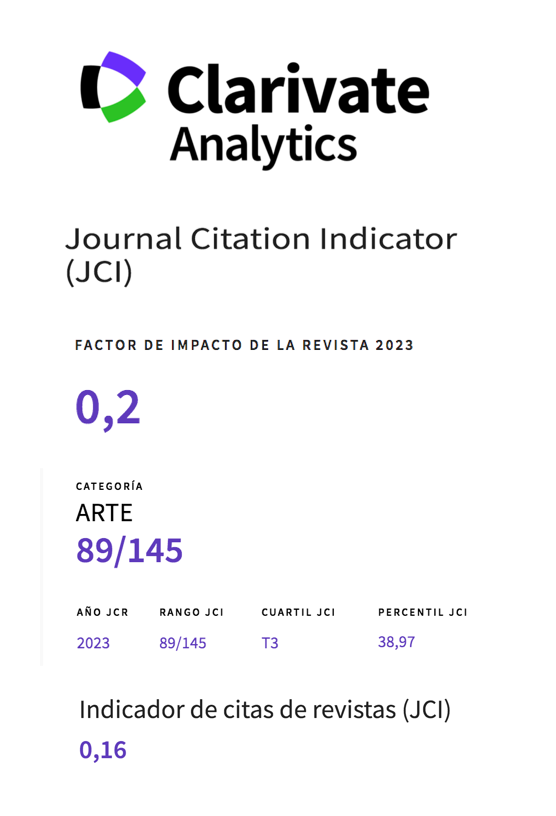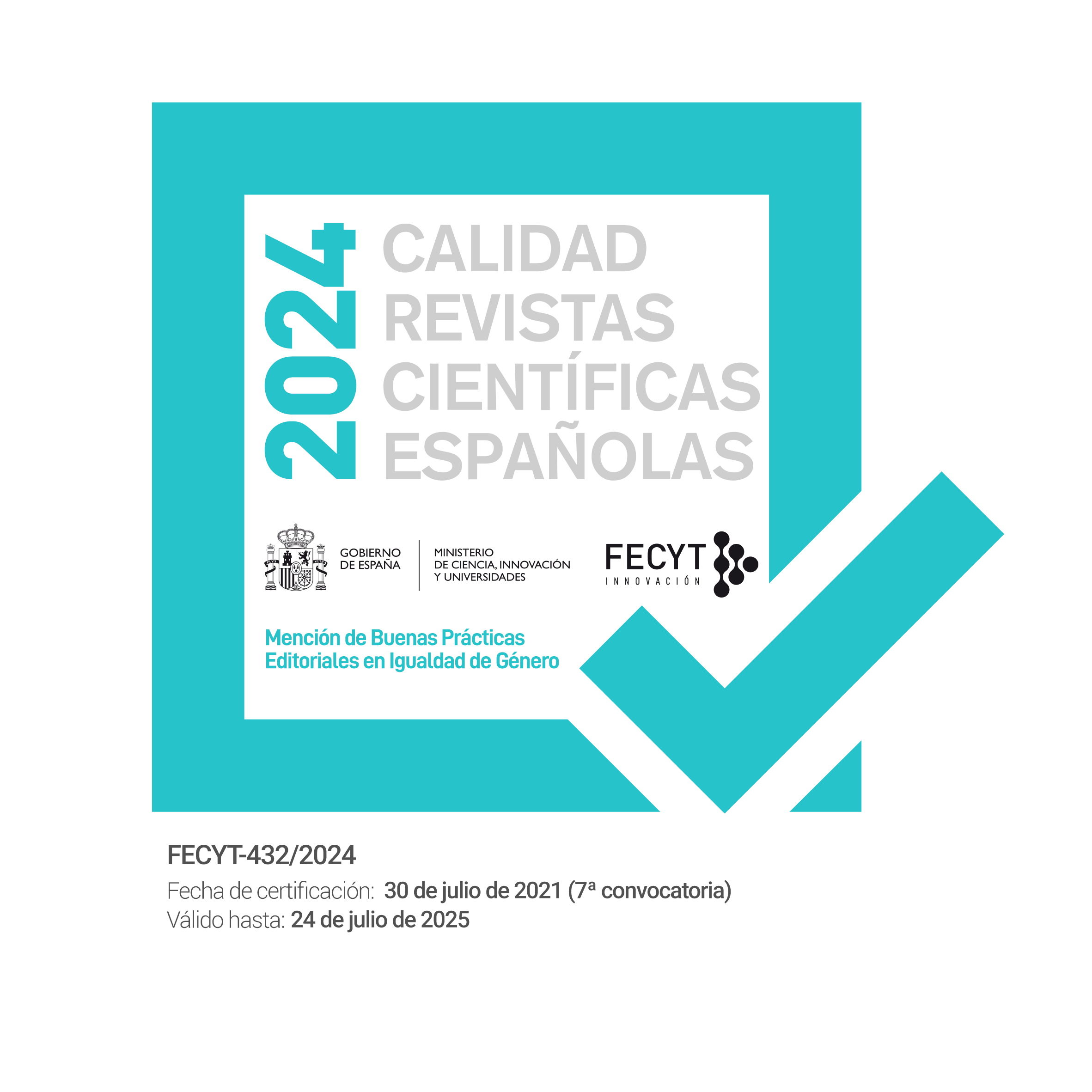Neoliberal necropolitics and narcotrafficking in mexican B-movies: A case study of Oscar López’s El Juego Final (2014)
Abstract
This article creates a dialogue between the necropolitical practices exercised by the drug dealers in the Mexican narco B-movie El juego final by Oscar López (2014) and the adherence of the characters to the neoliberal dogma through the analytic tools of gore capitalism (Valencia, 2010). It analyses the capitalization of death and violence by the cartels and their transformation in resources that enable the hyperconsumption promoted by narcoculture and by its aesthetics of ostentation. The article also suggests that the participation of the main character to the economy of death for surviving purposes in a precarious labor market is another type of integration of the neoliberal values that is opposed to the exuberant demonstrations of wealth, considering in both cases the use of murder as a cultural paradigm that mediates the relationships between the neoliberal subjects in the informal narco economy. Finally, it puts forward the idea that the videohome narco-cinema industry itself also participates to the gore capitalism that is shown in the plots by converting narcoviolence in a theme for entertainment that attracts the audiences and by displaying said violence with an economy of resources that allows its profitability.
Downloads
-
Abstract576
-
pdf (Español (España))684
References
Apodaca, J. A. (10 de julio de 2017). El videohome contemporáneo. Un modelo para armar. Revista Icónica. https://revistaiconica.com/videohome-mexicano/
Belmonte Grey, C. (2018). Loz Brotherz Films, paradigma del cine narco televisivo y uso de la memoria presente. En A. Del Rey-Reguillo y N. Berthier (Coords.), Cine y audiovisual: Trayectos de ida y vuelta (pp. 32-47). Shangrila Textos Aparte.
de Bragança, M. (2015). Imagens de ostentação nas narconarrativas: consumo e cultura popular. Rumores 17(9), 147-163. https://doi.org/10.11606/issn.1982-677X.rum.2015.90028
Esposito, R. (2008). Bíos. Biopolitics and Philosophy. University of Minnesota Press.
Foucault, M. (1997 [1976]). Il faut défendre la société. Cours au Collège de France, 1975-1976. Clase del 17 de marzo de 1976. Gallimard.
Lewis, S., Gambles, R. y Rapoport, R. (2007). The constraints of a “work-life balance” approach: an international perspective. The International Journal of Human Resource Management 18(3), 360-373. https://doi.org/10.1080/09585190601165577
López, O. (Director). (2014a). El juego final: El Artista [Película]. Loz Brotherz Films; Producciones Frontera Films.
López, O. (Director). (2014b). Morir con estilo [Película]. Producciones Frontera Films; Loz Brotherz Films.
Mbembe, A. (2003). Necropolitics (trad. Libby Meintjes). Public Culture 15(1), 11-40. https://www.researchgate.net/publication/265834431_Necropolitics
Mondzain, M. J. (2002). L’image peut-elle tuer? Bayard.
Monsiváis, C. (2004). El narcotráfico y sus legiones en D. Aponte et al. (Eds.), Viento rojo. Diez historias del narco en México (7-44). Plaza Janés.
Movimiento Alterado, BuKnas de Culiacán, El Komander, Los Buitres de Culiacán, Los Buchones de Culiacán, Los 2 Primos, Estrada, E., Torres, N., Martínez, R., Los Nuevos Elegantes, García, O. (2010). Sanguinarios del M1 [Canción]. En Sanguinarios del M1. Twins House of Music.
Murillo, E. (Director). (2012). La mafia muere [Película]. Enroque Films.
Murillo, E. (Director). (2013). La muerte de El ondeado [Película]. Baja Pictures.
Rashotte, R. (2015). Narco Cinema. Sex, Drugs, and Banda Music in Mexico’s B-Filmography. Palgrave Macmillan.
Rincón, O. (2013). Todos llevamos un narco adentro - un ensayo sobre la narco/cultura/telenovela como modo de entrada a la modernidad. MATRIZes 7(2), 1-33.
Sánchez Prado, I. (2014). Screening Neoliberalism: Transforming Mexican Cinema, 1988-2012. Vanderbilt University Press.
Solís González, J. L. (2013). Neoliberalismo y crimen organizado en México: El surgimiento del Estado narco. Frontera norte 25(50), 7-34. https://www.redalyc.org/articulo.oa?id=13628944001
Valencia, S. (2010). Capitalismo Gore. Melusina.
Vincenot, E. (2010). Narcocine: la descente aux enfers du cinéma populaire mexicain. L’Ordinaire des Amériques 213, 31-54. https://doi.org/10.4000/orda.2409
Works published in this journal are subject to the following terms:
- The Service of Publications from the University of Murcia (publishing house) keeps the published works’ copyrights, and favors and allows the reuse of these works under the license indicated in point 2.
- Works are published in the journal’s online edition under the license Creative Commons Reconocimiento-NoComercial-SinObraDerivada 3.0 España(texto legal). They can be copied, used, disseminated, transmitted and publicly exhibited, as long as: i) the author and original source of publication are cited (journal, publishing house and work’s URL); ii) they are not used for commercial purposes; iii) the existence and specifications of this license are mentioned.
3. Conditions for auto-file. It is allowed and encouraged that authors share electronically their pre-print version (the pre-reviewed version) and /or post-print version (the reviewed and accepted version) of their Works before the publication, since it promotes its circulation and dissemination. RoMEO color: green.










